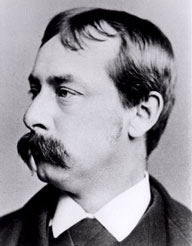Examples
Illustrated editorials may appear in the form of editorial cartoons. [3]
Typically, a newspaper's editorial board evaluates which issues are important for their readership to know the newspaper's opinion on. [4]
Editorials are typically published on a dedicated page, called the editorial page, which often features letters to the editor from members of the public; the page opposite this page is called the op-ed page and frequently contains opinion pieces (hence the name "think pieces") by writers not directly affiliated with the publication. However, a newspaper may choose to publish an editorial on the front page. In the English-language press, this occurs rarely and only on topics considered especially important; it is more common, however, in some European countries such as Denmark, Spain, Italy, and France. [5]
Many newspapers publish their editorials without the name of the leader writer. Tom Clark, leader-writer for The Guardian , says that it ensures readers discuss the issue at hand rather than the author. [6] On the other hand, an editorial does reflect the position of a newspaper and the head of the newspaper, the editor, is known by name. Whilst the editor will often not write the editorial themselves, they maintain oversight and retain responsibility. [7]
In the field of fashion publishing, the term is often used to refer to photo -editorials – features with often full-page photographs on a particular theme, designer, model or other single topic, with or (as in a photo-essay) without accompanying text. [8]
This page is based on this
Wikipedia article Text is available under the
CC BY-SA 4.0 license; additional terms may apply.
Images, videos and audio are available under their respective licenses.

